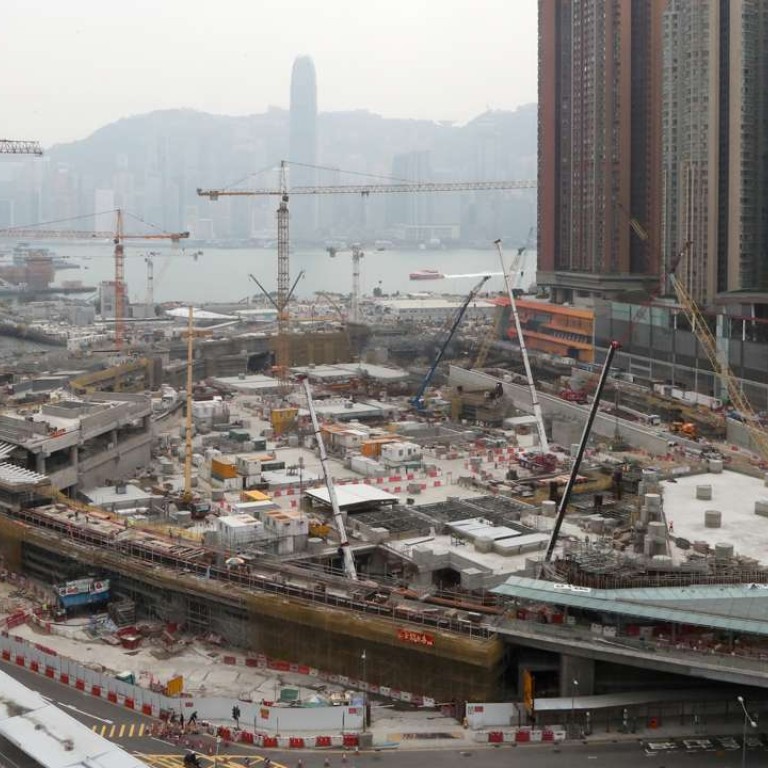
Hong Kong will present plan on co-location of checkpoints for Guangzhou rail link before new government takes over
Undersecretary for Transport and Housing Yau Shing-mu says it will be put forward to public before late June
A controversial plan to set up a joint immigration facility at the West Kowloon terminus for the HK$84.4 billion express rail link to Guangzhou will be presented to the public before the current administration’s term expires in late June, the government has promised.
Undersecretary for Transport and Housing Yau Shing-mu assured the Legislative Council’s subcommittee on railways on Friday that the contentious issue would not be left to the next government to sort out.
“As a responsible government, we will put forward the co-location proposal to the public before the current administration finishes at the end of June so that there will be time to introduce local legislation for the co-location arrangement,” he told lawmakers.
“We still aim to resolve the relevant legal issues on time so the high-speed rail link can start its operations as scheduled for the third quarter of next year, when all construction work is set to be completed.”
He made the pledge as pro-democracy lawmakers again raised long-held concerns that such an arrangement would violate the Basic Law, with mainland officers being stationed deep within the city’s borders at the West Kowloon terminus and enforcing laws on Hong Kong soil. The plan needs Legco’s approval because it involves the enactment of local legislation.
“I am really worried whether there will be mainland officers enforcing mainland laws at the West Kowloon terminus. This is in breach of the one country, two systems principle,” Democratic Party lawmaker Lam Cheuk-ting said.
However, lawmaker Yiu Si-wing, representing the tourism sector, said a joint checkpoint enabling passengers to reach mainland cities directly and hassle-free, was the only way to maintain the expensive rail link’s cost-efficiency.
“Without the co-location arrangement, the value of the express rail link will be lost. Other options such as conducting immigration checks on the train are totally unrealistic,” he said.
Without a joint checkpoint the 48-minute journey time on the new line would be lengthened by at least 30 minutes. That would be the equivalent of a regular through-train ride to Guangzhou.
Alvin Yeung Ngok-kiu of the Civic Party warned the government not to take it for granted that Legco would rush through the enactment of local legislation.
“The co-location arrangement is a very complex matter. I hope the government will not use the deadline as an excuse to force Legco to rush it through,” he said.
Party colleague Tanya Chan complained that the issue had been flagged back in 2009, but no solution was in sight yet.
Dr Philco Wong Wai-ming, projects director of the MTR Corporation, said the West Kowloon terminus was specially designed for the co-location of immigration checkpoints, and the express rail link could be fully completed by the third quarter of next year.
Stopping short of revealing any details of the joint-facility proposal, Yau said the government’s negotiations with Beijing authorities had reached a critical, final stage and they would make sure it followed the Basic Law and the “one country, two systems” policy.
Yau admitted that time was running out “but we still aim to meet our target”.

